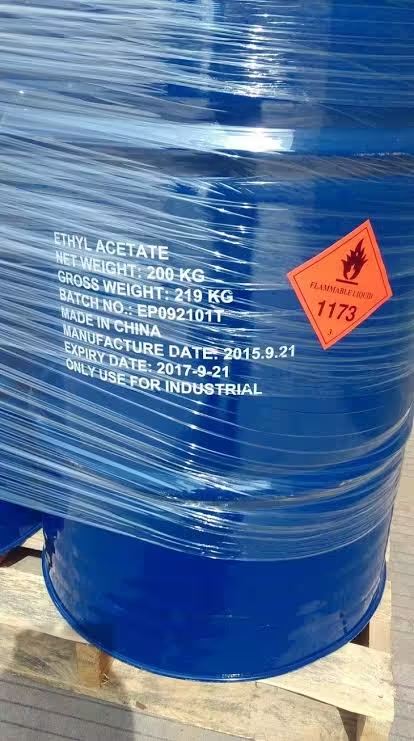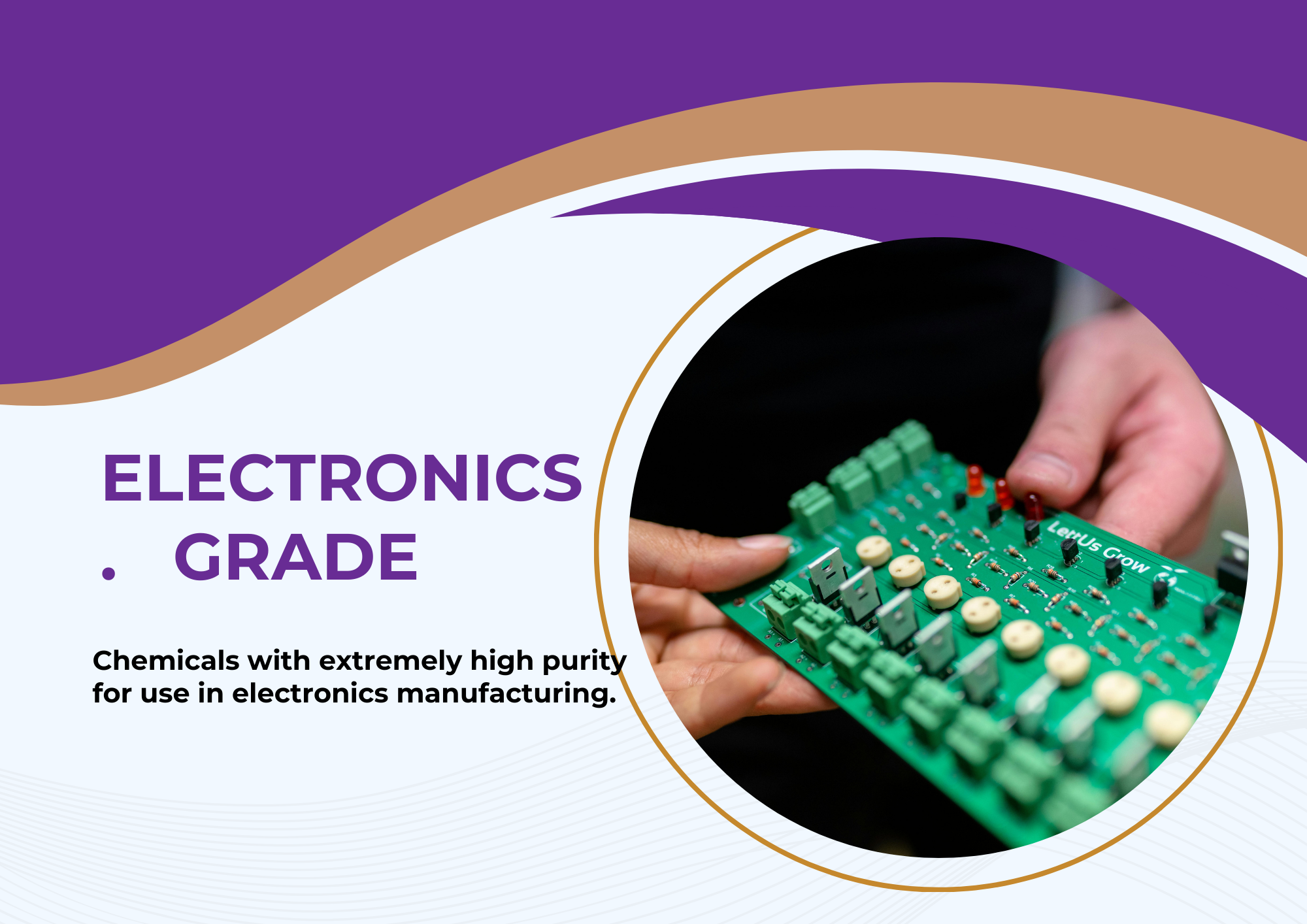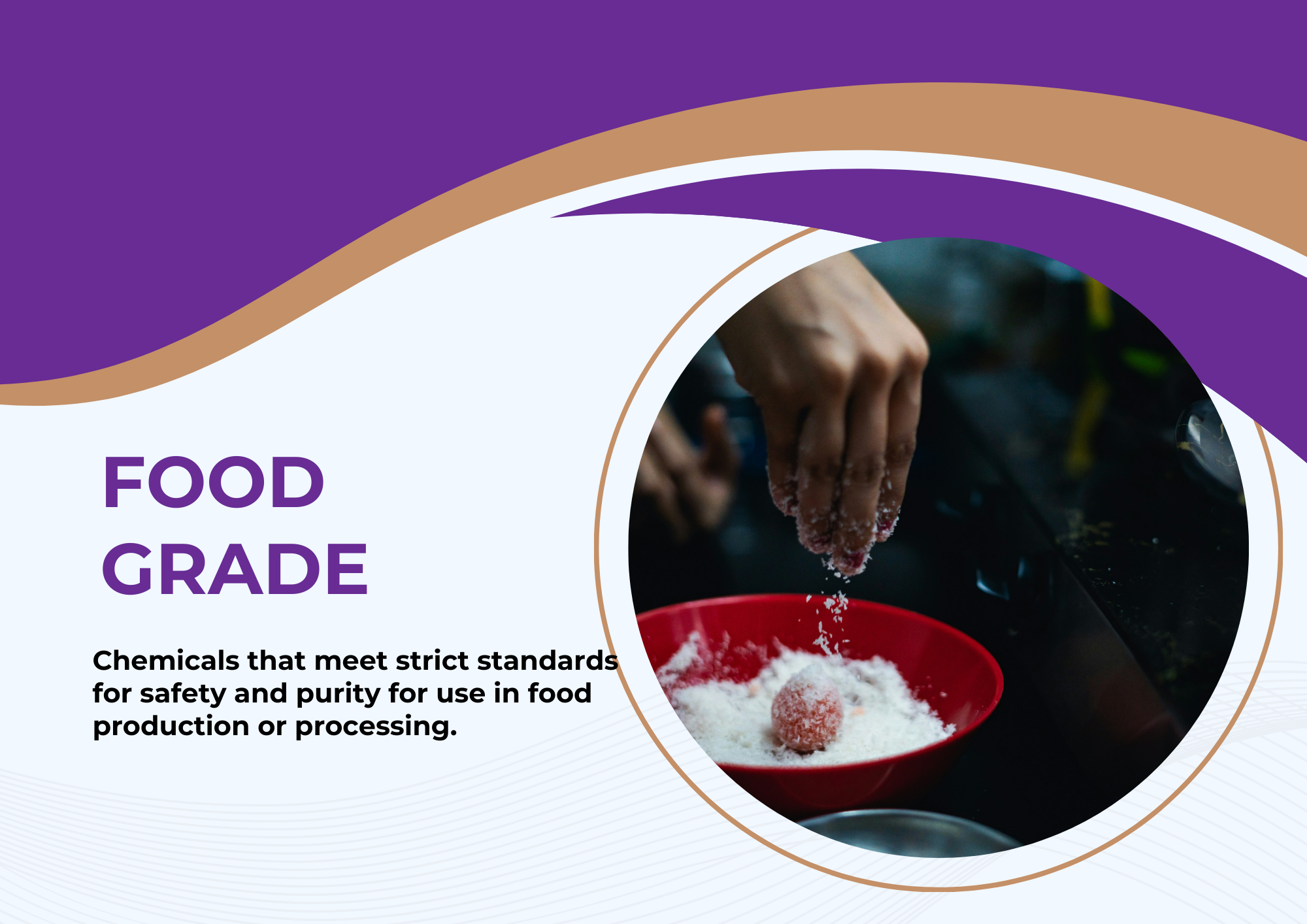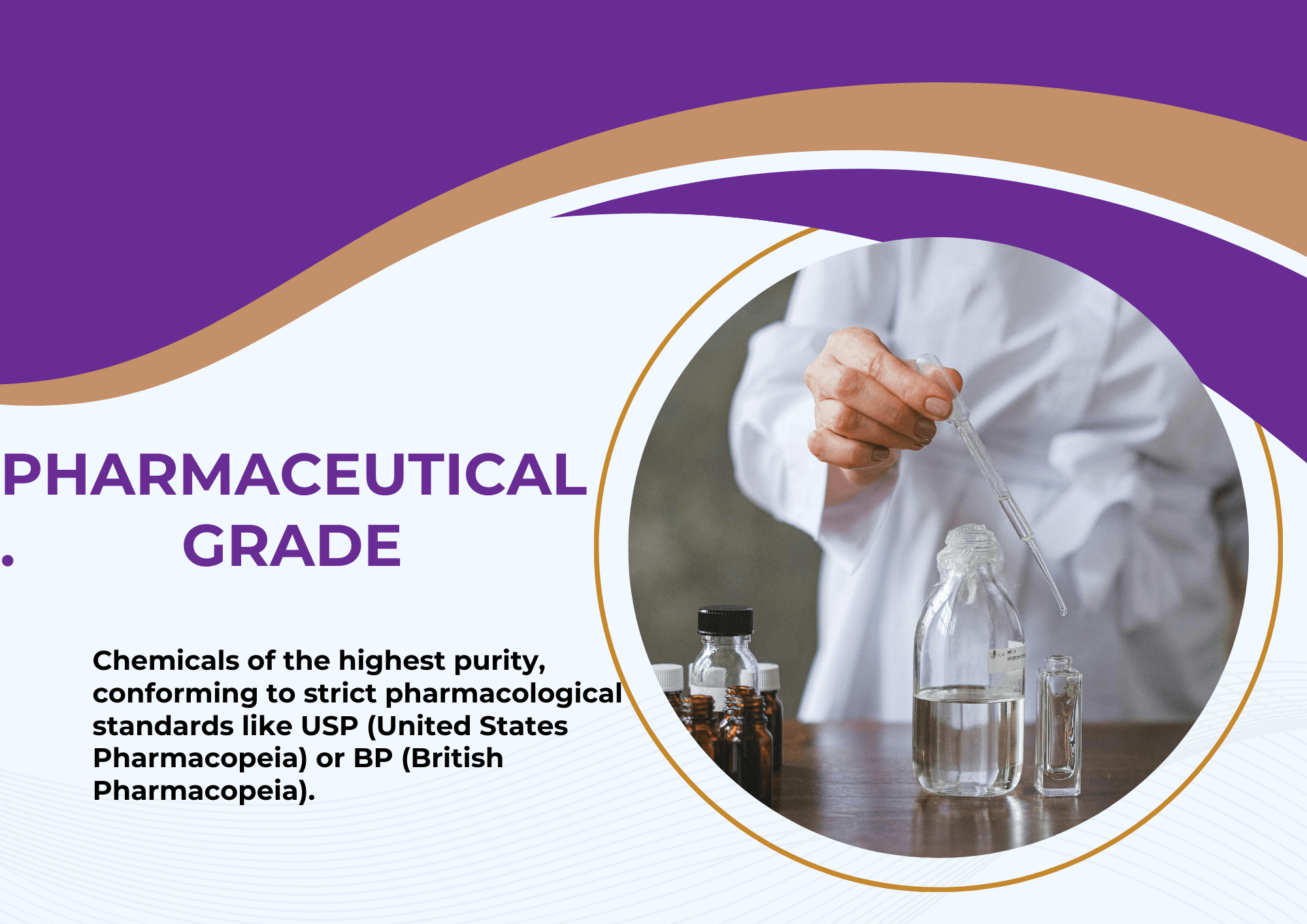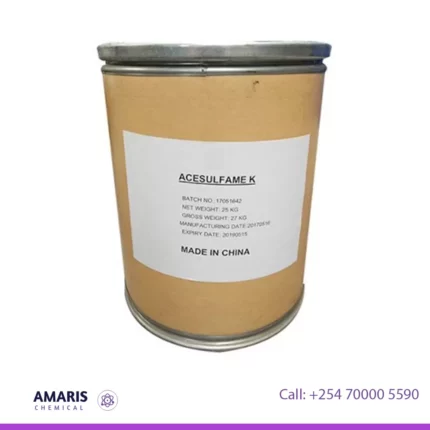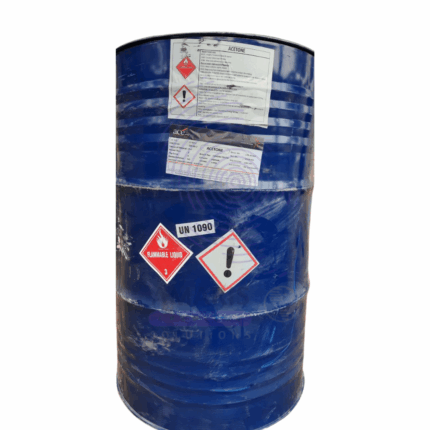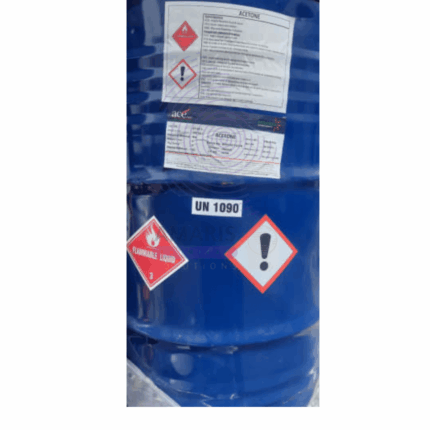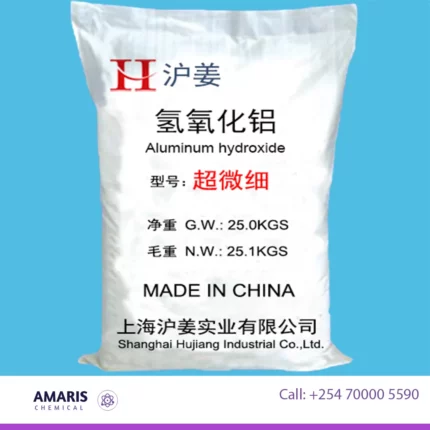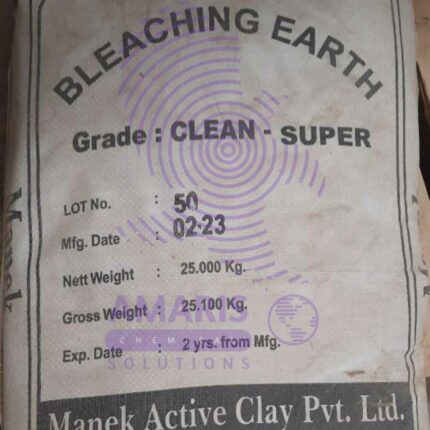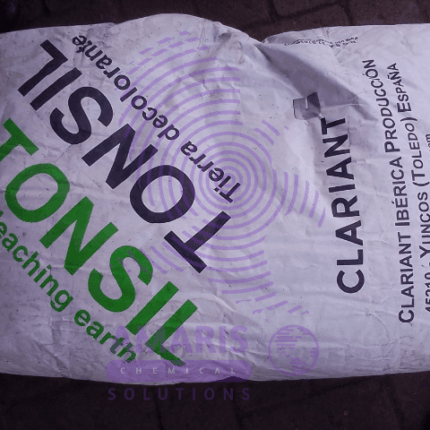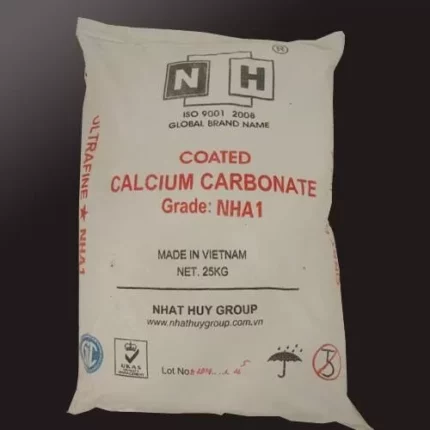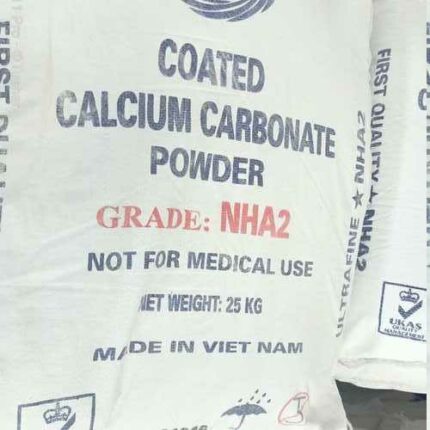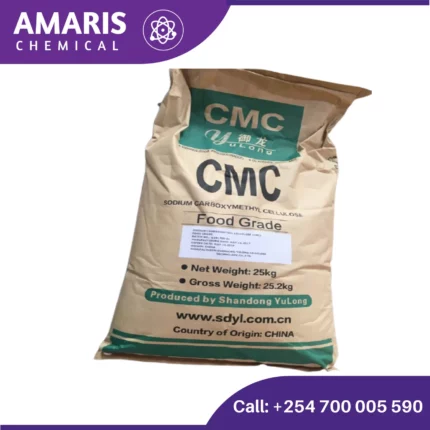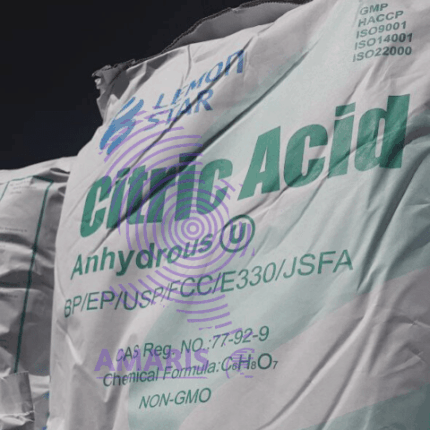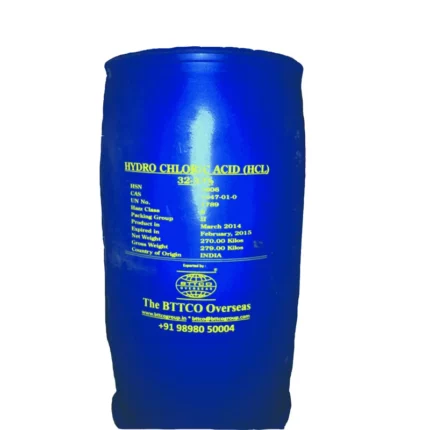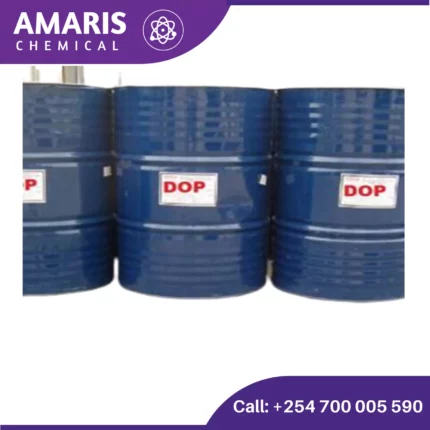
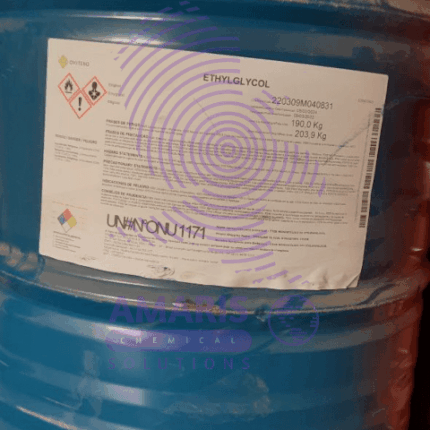
Ethyl Acetate
$89,000.00 Original price was: $89,000.00.$88,000.00Current price is: $88,000.00.
Ethyl acetate is a widely used organic compound with the chemical formula C₄H₈O₂, known for its pleasant, fruity odor and excellent solvent properties. As a fast-evaporating ester, it serves as a key ingredient in industries such as paints, coatings, and printing inks, where it acts as a low-toxicity thinner and drying agent. In the pharmaceutical sector, it is utilized for drug extraction and tablet coatings, while the food industry employs it as a flavoring agent to impart fruity notes in candies and beverages. Its effectiveness as a degreaser makes it valuable in electronics and metal cleaning. Additionally, ethyl acetate finds applications in cosmetics, adhesives, and even as a biodegradable alternative in decaffeination processes. Despite its advantages—such as being relatively non-toxic and environmentally friendly—it is highly flammable and requires careful handling. Overall, ethyl acetate’s versatility, mild odor, and solvent efficiency make it indispensable across multiple industrial and commercial applications.
Ethyl Acetate Uses
Primary Uses of Ethyl Acetate
1. Industrial Solvent
-
Paints & Coatings:
-
Thinner for lacquers, varnishes, and nitrocellulose paints (dries quickly without residue).
-
-
Printing Inks:
-
Solvent for flexographic and gravure inks (used in packaging and labels).
-
-
Adhesives & Glues:
-
Key ingredient in rubber cement, nail polish removers, and industrial adhesives.
-
2. Pharmaceutical Industry
-
Drug Extraction & Purification:
-
Used to isolate antibiotics, vitamins, and other active pharmaceutical ingredients (APIs).
-
-
Tablet Coating:
-
Solvent for enteric coatings (protects pills from stomach acid).
-
3. Food & Flavoring Agent
-
Artificial Fruit Flavors:
-
Adds pear, apple, or pineapple notes in candies, baked goods, and beverages.
-
-
Decaffeination of Coffee & Tea:
-
Safer alternative to methylene chloride in solvent-based decaf processes.
-
4. Chemical Manufacturing
-
Production of Perfumes & Fragrances:
-
Base solvent for essential oils and synthetic scents.
-
-
Laboratory Reagent:
-
Used in organic synthesis, chromatography, and extractions.
-
5. Cleaning & Degreasing
-
Electronics & Metal Cleaning:
-
Removes grease, flux residues, and soldering debris from circuit boards.
-
Secondary Uses of Ethyl Acetate
1. Cosmetics & Nail Care
-
Nail Polish & Removers:
-
Less harsh than acetone, but still effective at dissolving polish.
-
2. Fuel Additive
-
Octane Booster:
-
Occasionally blended into gasoline to improve combustion (limited use).
-
3. Textile Industry
-
Dye Solvent:
-
Helps disperse dyes evenly in synthetic fabrics.
-
4. Plastics & Rubber Manufacturing
-
Plasticizer & Softening Agent:
-
Used in cellulose-based plastics (e.g., eyeglass frames).
-
5. Aerosol Propellant
-
Hairsprays & Spray Paints:
-
Acts as a carrier solvent in aerosol formulations.
-
| AVAILABLE PACK SIZE |
200kg ( Metal or Plastic drum) |
|---|
- Basic Identification Attributes
- Chemical Name (IUPAC): Ethyl ethanoate
- Common/Trade Names:
- Ethyl acetate
- Acetic ether
- Vinegar naphtha
- CAS Number: [141-78-6]
- HS Code: 2915.31.00 (Ethyl acetate)
- Molecular Formula: C₄H₈O₂
- Synonyms:
- Acetic acid ethyl ester
- EtOAc
- Physical & Chemical Properties
- Physical State: Colorless liquid
- Color & Odor: Pleasant, fruity odor (like pear drops)
- Boiling Point: 77.1°C (170.8°F)
- Melting Point: -83.6°C (-118.5°F)
- Density: 0.902 g/cm³ at 20°C
- Solubility:
- Water: 8.3 g/100 mL (20°C)
- Miscible with most organic solvents (ethanol, ether, acetone)
- pH Level: Neutral (~7)
- Vapor Pressure: 73 mmHg at 20°C (highly volatile)
- Flash Point: -4°C (25°F) (highly flammable)
- Autoignition Temperature: 426°C (799°F)
- Viscosity: 0.45 cP at 20°C (similar to acetone)
- Refractive Index: 1.3720 (20°C)
- Safety & Hazard Attributes
- Hazard Class (GHS):
- Flammable Liquid (Category 2) (H225)
- Eye Irritation (Category 2) (H319)
- Narcotic Effects (Category 3) (H336)
- NFPA Ratings:
- Health: 1 | Flammability: 3 | Reactivity: 0
- Exposure Limits:
- OSHA PEL: 400 ppm (1,400 mg/m³)
- ACGIH TLV: 400 ppm (TWA)
- Reactivity:
- Stable under normal conditions
- Reacts with strong oxidizers, acids, bases
- Storage & Handling Attributes
- Storage Conditions:
- Store in a cool, well-ventilated area away from ignition sources
- Keep containers tightly closed
- Incompatible Materials:
- Strong oxidizers (e.g., peroxides, nitric acid)
- Strong acids/bases
- Container Type:
- Steel, aluminum, or HDPE containers
- Shelf Life: Indefinite if stored properly
- Special Handling:
- Ground and bond containers during transfer
- Use explosion-proof equipment
- Wear chemical goggles and neoprene gloves
- Regulatory & Compliance Attributes
- Regulatory Status:
- FDA: Approved as food additive (21 CFR 172.868)
- EPA: Listed under TSCA; VOC exempt (40 CFR 51.100(s))
- EU: Compliant with REACH
- Hazard Symbols:
- 🔥 (Flammable)
- ⚠️ (Irritant)
- Transportation Restrictions:
- UN Number: 1173
- Packing Group: II
- ADR/RID/IMDG/IATA: Class 3 Flammable Liquid
- Waste Disposal:
- Incinerate or recover via distillation
- Environmental & Health Impact
- Ecotoxicity:
- LC50 (fish): 50-200 mg/L (moderately toxic)
- Readily biodegradable (BOD₅: ~70%)
- Persistence:
- Atmospheric half-life: ~5 days (photodegradation)
- Human Health:
- IARC: Group 3 (Not classifiable)
- Narcotic Effects: Dizziness at high concentrations (>1,000 ppm)
- Odor Threshold: 0.1 ppm (very low detection limit)
Personal Protective Equipment (PPE):
- Respiratory:Organic vapor respirator (if >400 ppm exposure)
- Eyes:Chemical splash goggles + face shield
- Skin:Nitrile/neoprene gloves + chemical-resistant apron
- Body:Flame-resistant clothing (NFPA 70E)
Handling Requirements:
- Use only in explosion-proofareas with proper ventilation
- Implement bonding/groundingfor transfer operations
- Prohibit open flames/sparks/hot surfacesin work area
- Keep containers tightly closedwhen not in use
Storage Conditions:
- Store in:
- Approved flammable liquid cabinet (FM/UL)
- Cool (<25°C), well-ventilated area
- Away from oxidizers/strong acids/alkali metals
- Limit quantities to <60 gallons per cabinet
Inhalation:
- Immediately move to fresh air
- Administer oxygen if breathing is difficult
- Seek medical attention if symptoms persist
Eye Contact:
- Flush with lukewarm waterfor 15-20 minutes
- Hold eyelids openduring irrigation
- Immediate ophthalmologist consultation if irritation continues
Skin Contact:
- Remove contaminated clothing
- Wash with soap and waterfor 15+ minutes
- Apply emollient cream for dryness
Ingestion:
- DO NOT induce vomiting
- Rinse mouth thoroughly with water
- Give 200-300mL waterto drink if conscious
- Seek immediate medical attention
Fire Fighting:
- Extinguishing Media:
- Alcohol-resistant foam (primary)
- CO₂ or dry chemical (secondary)
- Water spray (for cooling only)
- Special Procedures:
- Evacuate 50m radius (100m for large fires)
- Fight fire from upwind protected position
- Cool exposed containers with water spray
Spill Management:
- Small spills (<1L):
- Absorb with inert material(vermiculite, sand)
- Place in approved chemical waste container
- Large spills:
- Evacuate area
- Contain with earth/sand dikes
- Prevent entry into drains/waterways
- Ventilate areathoroughly after cleanup


 Emollients
Emollients Humectants
Humectants UV Filters
UV Filters Surfactants (cosmetic)
Surfactants (cosmetic) Preservatives (cosmetic)
Preservatives (cosmetic) Fragrances and Essential Oils
Fragrances and Essential Oils Antioxidants (cosmetics)
Antioxidants (cosmetics)
 Solvents (lab)
Solvents (lab) Chromatography Chemicals
Chromatography Chemicals Microbiology and Cell Culture Reagents
Microbiology and Cell Culture Reagents Biochemical Reagents
Biochemical Reagents Inorganic and Organic Standards
Inorganic and Organic Standards Spectroscopy Reagents
Spectroscopy Reagents Molecular Biology Reagents
Molecular Biology Reagents
 Precious Metal Extraction Agents
Precious Metal Extraction Agents
 Plasticizers
Plasticizers Polymerization Initiators
Polymerization Initiators Stabilizers
Stabilizers Monomers
Monomers Fillers and Reinforcements
Fillers and Reinforcements Antioxidants (plastics)
Antioxidants (plastics) Colorants (plastic pigments,Dyes)
Colorants (plastic pigments,Dyes)
 Fertilizers
Fertilizers Plant Growth Regulators
Plant Growth Regulators Soil Conditioners
Soil Conditioners Animal Feed Additives
Animal Feed Additives Biostimulants
Biostimulants
 Dough Conditioners
Dough Conditioners Flour Treatments
Flour Treatments Fat Replacers
Fat Replacers Preservatives (baking)
Preservatives (baking)
 Surfactants (cleaning)
Surfactants (cleaning) Builders
Builders Bleaching Agents
Bleaching Agents Enzymes
Enzymes Solvents (cleaning)
Solvents (cleaning) Fragrances
Fragrances Disinfectant
Disinfectant Metal cleaning
Metal cleaning
 Binders/Resins
Binders/Resins Pigments
Pigments Solvents (paint)
Solvents (paint) Additives
Additives Driers
Driers Anti-Corrosion Agents
Anti-Corrosion Agents Specialty Coatings
Specialty Coatings Functional Coatings
Functional Coatings Application-Specific Coatings
Application-Specific Coatings
 Sealants and Adhesives
Sealants and Adhesives
 Biodegradable Surfactants
Biodegradable Surfactants Bio-based Solvents
Bio-based Solvents Renewable Polymers
Renewable Polymers Carbon Capture Chemicals
Carbon Capture Chemicals Wastewater Treatment Chemicals
Wastewater Treatment Chemicals
 Preservatives (food)
Preservatives (food) Flavor Enhancers
Flavor Enhancers Acidulants
Acidulants Sweeteners
Sweeteners Emulsifiers
Emulsifiers Antioxidants (food)
Antioxidants (food) Colorants (food)
Colorants (food) Nutrient Supplements
Nutrient Supplements Nutraceutical Ingredients
Nutraceutical Ingredients
 Fresh Herbs
Fresh Herbs Whole Spices
Whole Spices Ground Spices
Ground Spices Spice Blends
Spice Blends
 Surfactants(oil)
Surfactants(oil)
 Antibiotics
Antibiotics Active Pharmaceutical Ingredients
Active Pharmaceutical Ingredients Excipients
Excipients Vaccine Adjuvants
Vaccine Adjuvants Nutraceutical Ingredients
Nutraceutical Ingredients Solvents (pharmaceutical)
Solvents (pharmaceutical)
 Automotive chemicals
Automotive chemicals Pyrotechnic Chemicals
Pyrotechnic Chemicals


 Vulcanizing Agents
Vulcanizing Agents Accelerators & Retarders
Accelerators & Retarders Antidegradants
Antidegradants Reinforcing Agents
Reinforcing Agents Plasticizers & Softeners
Plasticizers & Softeners Fillers & Extenders
Fillers & Extenders Blowing Agents
Blowing Agents Adhesion Promoters
Adhesion Promoters
